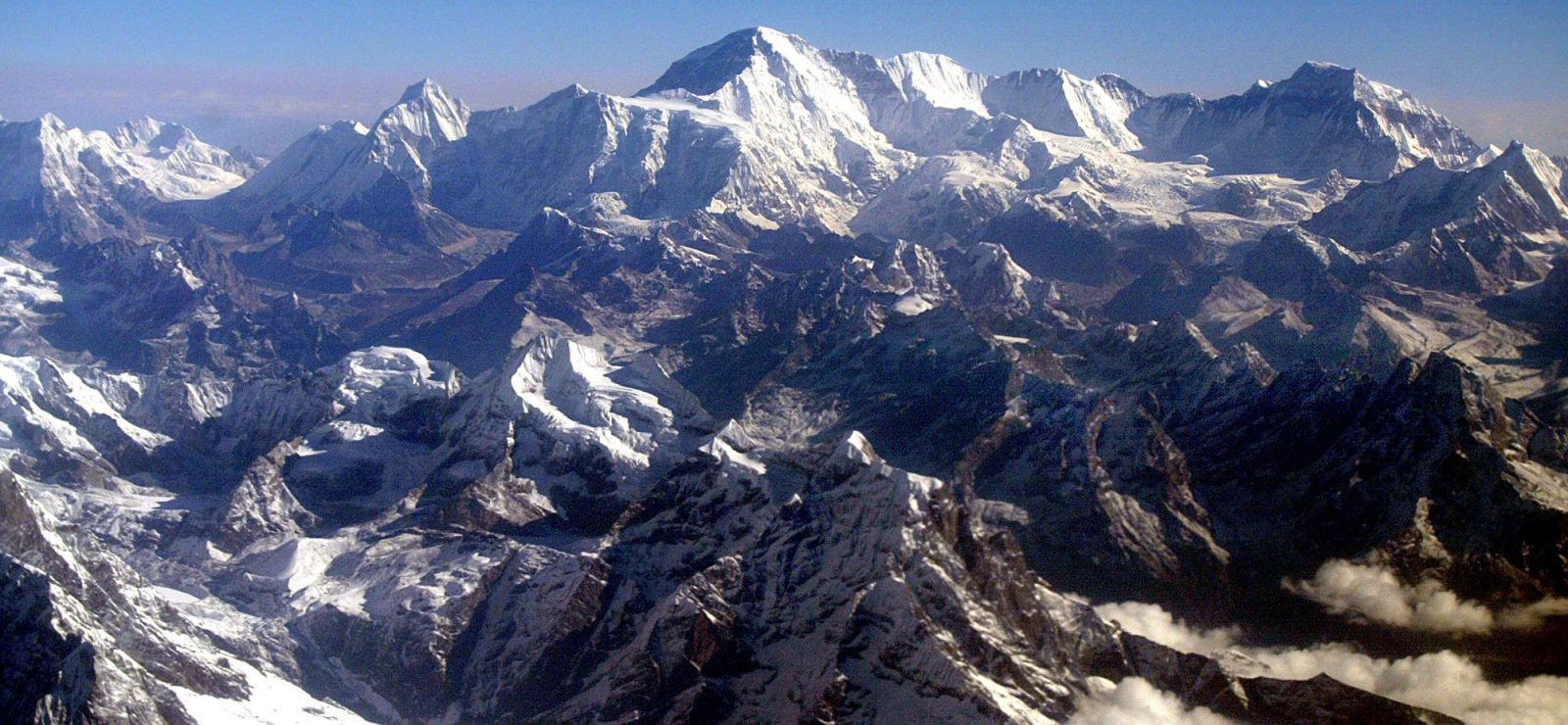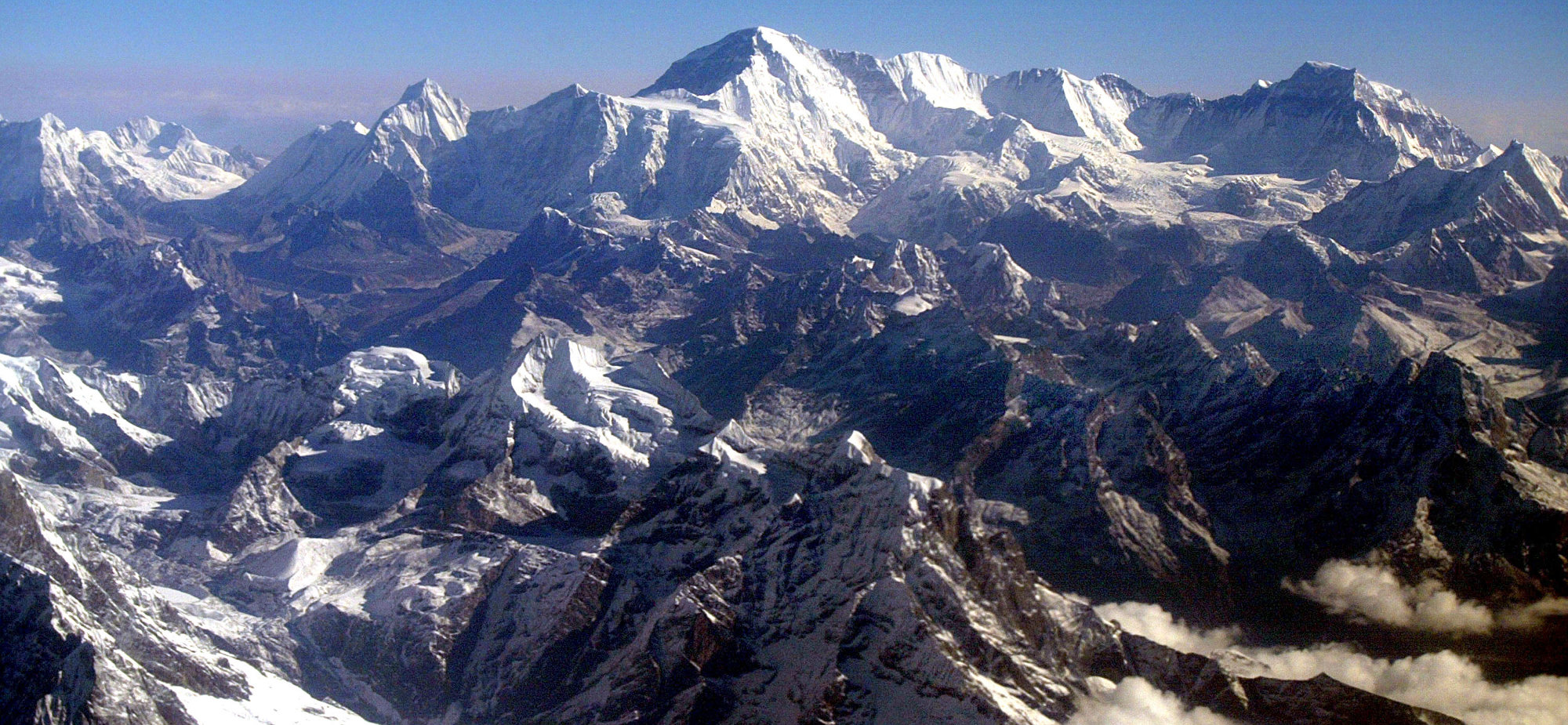Andrew “Sandy” Irvine had 21 years old when he was selected to participate in the “Third British expedition” to the Mount Everest in 1924. He was accompanied by his friend George Mallory, who spoke well of his abilities as an engineer, as he improved the oxygen equipment for the trip, and his good physical condition, as he practiced rowing professionally, although, he was not the best conversationalist.

More than 200 climbers have died trying to reach the summit of the highest mountain on Earth, and it is possible that George and Andrew were the first to do so; however, even today, the evidence of this achievement has failed to be proven .
The two climbers were last seen through a telescope at noon on June 8th, 1924, and they never returned to their Base Camp. It was nine years later that Sir Percy Wyn-Harris matched the height of the Mountaineers (about 8380 m), and discovered Irvine’s ice ax on a rock in a gradient area, where some assumed happened the fatal accident.
Mallory was found frozen in 1999, but the body of Andrew was never recovered, despite the various expeditions conducted in his search. Many speculations still revolve around the “Mystery of Mallory and Irvine” as it is referred in the circles of mountaineering. First, the daughter of Mallory said that his father took a photograph of his wife with the intention of placing it on the top of the mountain, and it was not found in his belongings, which were in excellent conservation due to low temperatures. Secondly, Mallory’s goggles were found in his pocket, a sign that he probably died overnight; so it is likely that after reaching the top, night overtook them.
None of this evidence is conclusive, as it would be if they had found the content of the cameras that both climbers were carrying. If this were true, the New Zealander Edmund Hillary and Tenzing Norgay Sherpa would become the second in climb the highest mountain in the world.
One of the friends of Irvine wrote: “Irvine did not live long, but he lived well in his short life. He testified activity that found its climax in his last wonderful year, a year in which he rowed in the winning Oxford boat, he explored the Spitsbergen, fell in love with skiing, and – perhaps – he conquered the Everest”. Arnold Lunn



